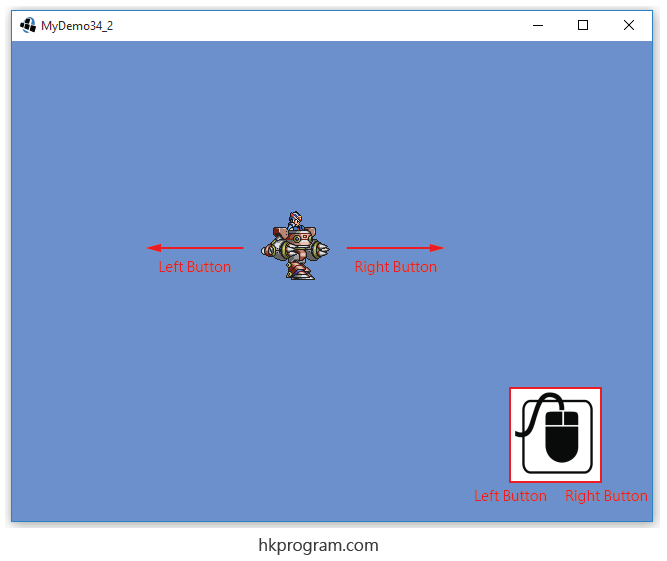

- INPUT SCREENX SCREENY LIBGDX HOW TO
- INPUT SCREENX SCREENY LIBGDX ANDROID
- INPUT SCREENX SCREENY LIBGDX CODE
current pointer location and the last pointer location on X axis float x Gdx.input. We will look at this in a bit more detail later on. Touches and mouse clicks are based on the screen co-ordinates when pressed, this means they don’t translate directly into the game. Override public boolean touchDragged(int screenX, int screenY. Yeah, LibGDX treats the mouse and touch input as the same thing. Input listeners are registered with LibGdx by using the following: (classThatImplementsIputProcessor) pedigreeInputHandler new PedigreeInputHandler(this) // <- Gdx.input. In the methods that are overridden using true will catch the event to allow it to be used, and implies the input as handled. shapeRenderer.circle(screenX, screenY, 100) (screenX).

In general the way to create an input handler is to create a class that implements InputProcessor. Import .g2d.All games need input right, here are some notes on the finicky bits of input handlers.
INPUT SCREENX SCREENY LIBGDX ANDROID
Note: if using the ScreenViewport() this will ignore the world measurements and turn back to using pixelsįor android devices if the images are 16/10 using stretch is acceptable as it will stretchĮxtendViewport() tries to fit everything to screen as best it canįitViewport() will use letterbox to fit to screen WIthout it the imageĪspect Ratio is very important for cross platform games it is calculated by height/widthįloat aspectRatio = (float)()/(float)() Ĭamera = new OrthographicCamera(WORLD_WIDTH * aspectRatio,WORLD_HEIGHT) / An InputProcessor is used to receive input events from the keyboard and the touch screen (mouse on the desktop). Within the Show method we set the input processor to the Screens stage.
INPUT SCREENX SCREENY LIBGDX HOW TO
It is also a type of translate so MUST have camera.update(). Objective Shows how to use create Screens and switch from one Screen to the. Translate(viewport.getWidth/2, viewport.getHeight/2) will set the camera so it displays the image at 0,0 and NOTE: if translate is used the camera.update() must be called in the render() This will place the image left corner in centre of the screen the cameras position can be changed so theĬamera moves translate().
INPUT SCREENX SCREENY LIBGDX CODE
Example The following code shows how to use InputProcessor from. in interface InputProcessor Parameters: keycode - one of the constants in Input. The method mouseMoved() returns whether the input was processed. boolean, touchUp(int screenX, int screenY, int pointer, int button). Of in dispose() by calling ()Ĭamera looks to the centre of its defined viewĬamera = new OrthographicCamera((),()) The method mouseMoved() has the following parameter. So Texture should be defined outside the constructor or disposed

Each event carries with it a key-code that identifies the key that was pressed/released. Keyboard Keyboards signal user input by generating events for pressing and releasing a key. Note: The world is defined in terms of arbitrary units (and the sprite in this case is set to the size of the arbitrary units).Īs we need to position image we will use sprite as sprite has position.ĭefining the Texture in the Sprite constructor can lead ot memory leak as when sprite is disposed or out of The main input devices libGDX supports are the mouse on the desktop/browser, touch screens on Android and keyboards. Viewport - defines the ratio (see Viewport). Camera tells computer what to render this might be whole image or part of it.(use Orthoganal - 2d Camera)


 0 kommentar(er)
0 kommentar(er)
